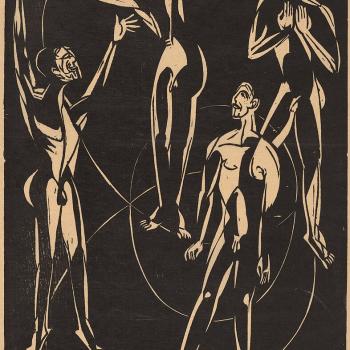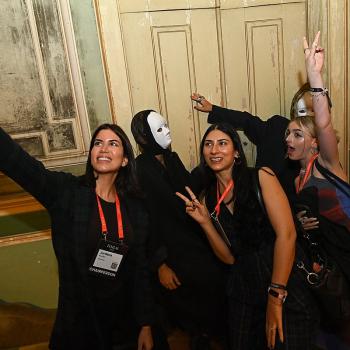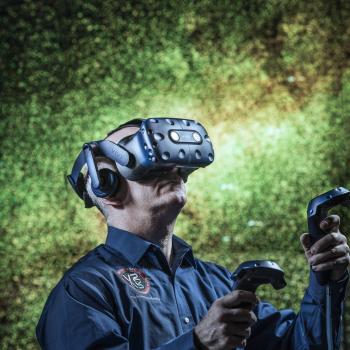
The Internet is a notoriously deceitful place—people con others out of money, adopt any number of fake personas, even live vicariously for nothing more than the thrill of it.
We all know this; them’s the ropes of living in the Digital Age.
But do we really understand? How many of us has it personally touched? The ubiquity of deceit does not make it any less tragic when it invades our communities, for, as Hannah Arendt taught us, sometimes the most duplicitous acts, the things that cut the deepest, stem from banal motivations
This is a story of just such deception; it’s the tale of how I was catfished and how, frankly, many of you were too.
It begins a little over a year ago when I first encountered Catholic Twitter (which is not just every self-identified Catholic who uses Twitter). Its primary players are orthodox twenty- and thirty-somethings of various, though often left-leaning, political views. The rank-and-file are a mixture of less political Millennials, anonymous Catholic girls’ accounts (these are especially popular), and more successful journalists and bloggers. Think of a place young Catholics the country over can go to escape the vicissitudes of secular life; on Catholic Twitter, you might be lame in your high school or college because you’re some religious fanatic, but there, you’re among friends. It’s a place rich in sarcasm and memes but also in solidarity—the Millennial escape of choice when faced with an unaccepting, or totally disinterested, world.
My introduction took place through a user called “This Catholic Girl” (see the “anonymous account” category above), who eventually gave her real name as Elspeth (El) Howard. On and off, she would share my articles, back when I was writing for The Intercollegiate Review. I didn’t know her or anything about her community until one day when we began chatting about her adoption. It was nice, but banal—really banal, the sort of conversation two Catholic young adults have because its summertime and most Catholics are pretty damn boring as it is.
As we talked it became clear that she was a sort of queen in this community (in fact her Facebook listed her name’s pronunciation as “KWEEN”); she had thousands of followers (several times that of other successful Catholic accounts, a sense of humor tailored both to angsty Catholic twenty-somethings and 17 year old girls with Disney fantasies. More strikingly, she blended a rich and traditional liturgical life with a decidedly Leftist politics, so everyone could like her, no matter their place within the Church; to boot, she was just plain beautiful. A quick look at her Twitter showed dozens of come-ons from guys every single day. In fact, it was so common she (and others) have a term for it: Catholic Thirst.
We became friends and nothing more. For the next six months, we’d occasionally check in. I found a girlfriend in my area, she continued her studies at the University of Minnesota while thinking about going to law school. But around Christmas Break things began to change. I was no longer seeing my previous girlfriend and we started talking more. No school meant more time to chat. And we really got to know each other better; we’d have phone calls, snapchat each other, watch movies (while texting each other), and generally be in touch throughout the day. In March, we decided to start dating; it’d only be a few months before the school year ended and one of us could visit the other anyway.

















